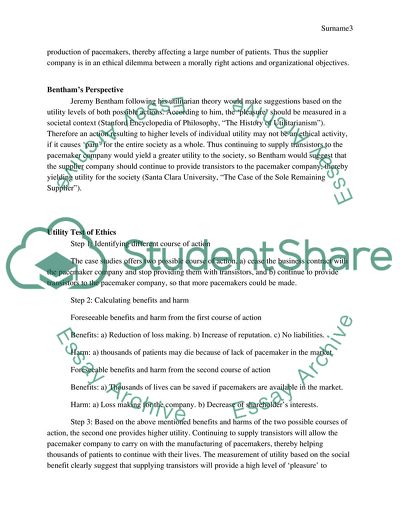Cite this document
(Theories of Corporate Ethics Essay Example | Topics and Well Written Essays - 1250 words, n.d.)
Theories of Corporate Ethics Essay Example | Topics and Well Written Essays - 1250 words. https://studentshare.org/ethics/1857883-theories-of-corporate-ethics
Theories of Corporate Ethics Essay Example | Topics and Well Written Essays - 1250 words. https://studentshare.org/ethics/1857883-theories-of-corporate-ethics
(Theories of Corporate Ethics Essay Example | Topics and Well Written Essays - 1250 Words)
Theories of Corporate Ethics Essay Example | Topics and Well Written Essays - 1250 Words. https://studentshare.org/ethics/1857883-theories-of-corporate-ethics.
Theories of Corporate Ethics Essay Example | Topics and Well Written Essays - 1250 Words. https://studentshare.org/ethics/1857883-theories-of-corporate-ethics.
“Theories of Corporate Ethics Essay Example | Topics and Well Written Essays - 1250 Words”. https://studentshare.org/ethics/1857883-theories-of-corporate-ethics.


